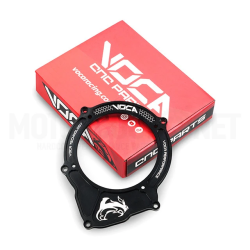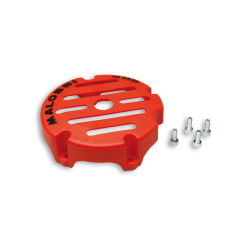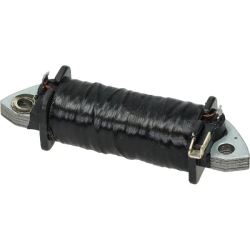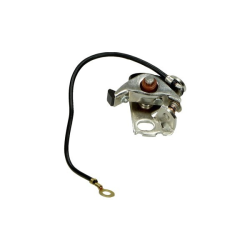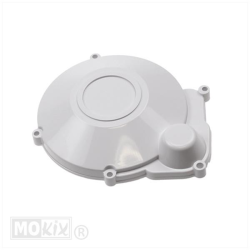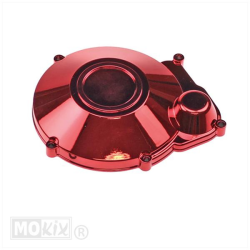The best scooter shop in 2025
Ignition Accessories
VOCA CNC Base Ignition Cover Minarelli AM6 – Black
Lighting Coil for Honda MT / MB / MTX
Puch Maxi Contact Point Set + Wire DMP
Vliegwieldeksel Minarelli AM6 Wit
Flywheel Cover Minarelli AM6 Red
What Types of Ignition Are There?
Ignition is a crucial process in combustion engines which is responsible for igniting the air-fuel mixture in the cylinders. There are different types of ignitions, each with unique characteristics and applications. The main types are:
-
Petrol Ignition: This is the most common form of ignition, especially in petrol engines. In this method, the air-fuel mixture is compressed and ignited by a spark produced by the spark plug. This type of ignition provides a quick and efficient way to drive the engine.
-
Diesel Ignition: In diesel engines, no spark plug is needed. Instead, the air-fuel mixture is heated by high compression until it ignites. This provides efficient combustion and a higher energy density, which often gives diesel engines more power and better fuel consumption than petrol engines.
-
Inductive Ignition: This system uses inductive coils to generate a high voltage needed to create a spark. It is common in modern vehicles and provides precise ignition timing, resulting in better engine performance and efficiency.
-
Rechargeable Ignition: This system uses a battery to generate an electric charge that powers the spark plugs. It is mainly found in older vehicles and some types of motorcycles.
-
Two-Stroke Ignition: This system is often used in smaller engines, such as those in lawnmowers and scooters. In this case, the ignition occurs during the engine cycle, providing a powerful and direct drive.
Each type of ignition has its own advantages and disadvantages, depending on the type of vehicle and application. It is important to choose the right ignition technology for optimum performance and efficiency.
How to Brake Ignition?
Braking the ignition, also known as "adjusting" the ignition, is an important aspect of engine maintenance that helps optimize a vehicle's performance and fuel consumption. Here are some ways to brake or adjust the ignition:
-
Adjust Ignition Timing: The timing of the ignition is crucial for efficient combustion. Too early or too late ignition can lead to power loss, increased fuel consumption, and even engine damage. By adjusting the ignition timing, the engine can perform better and run more efficiently.
-
Use of an Ignition Module: Modern vehicles often come equipped with an ignition module that automatically adjusts the timing based on the engine revolutions and load. It is important to maintain this module well and ensure that it functions correctly.
-
Check and Replace Spark Plugs: Poor spark plugs can lead to unreliable ignition. Regularly checking and, if necessary, replacing the spark plugs can help keep the ignition running smoothly and improve engine performance.
-
Remove Blockages and Dirt: Dirt and deposits in the ignition system can negatively affect performance. Regular maintenance and cleaning of the parts, such as the spark plug cables and ignition coils, can contribute to better operation.
-
Support from Professional Technicians: In case of complex ignition problems or if you are unsure about adjusting the ignition, it is always wise to call in a professional. They can diagnose and accurately tune the ignition for optimal performance.

 Nederlands
Nederlands
